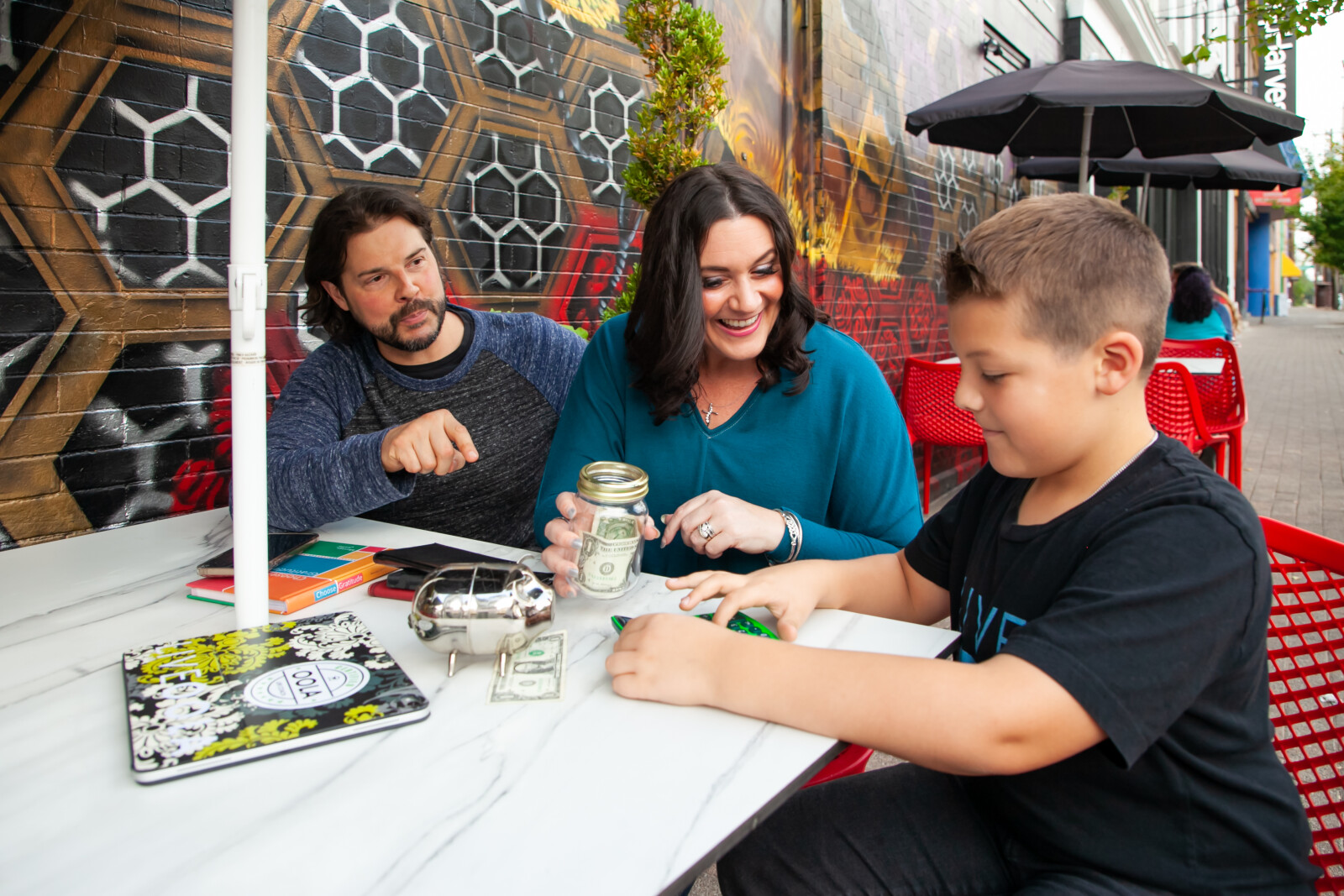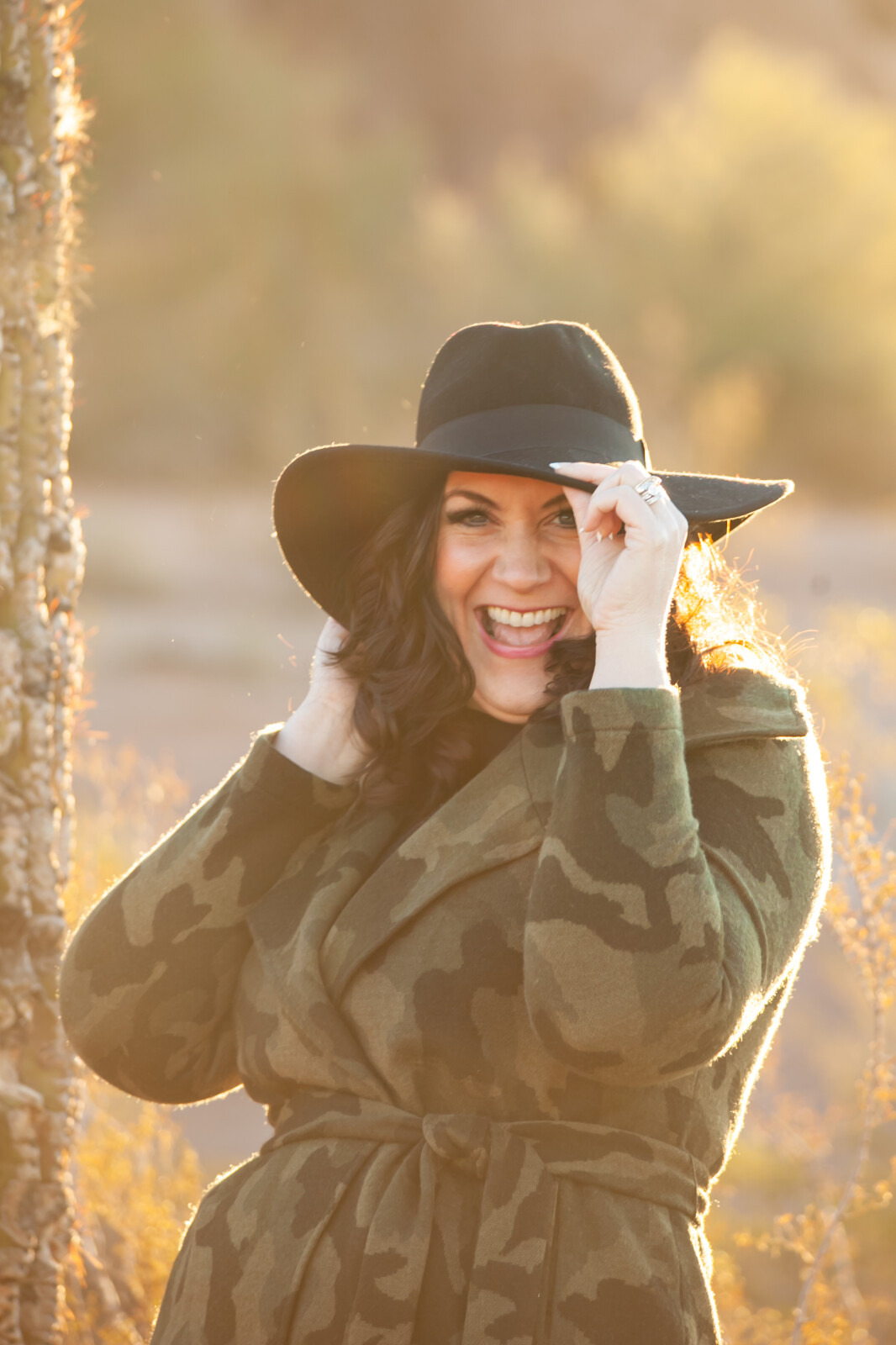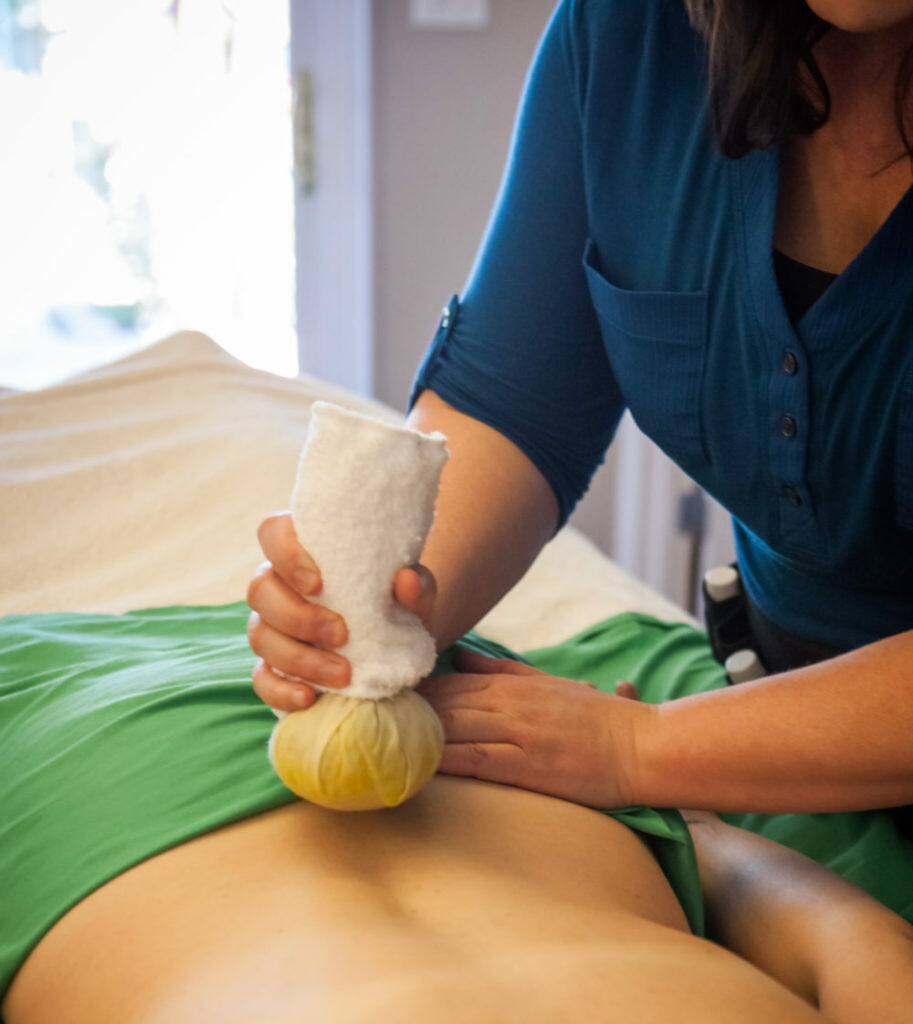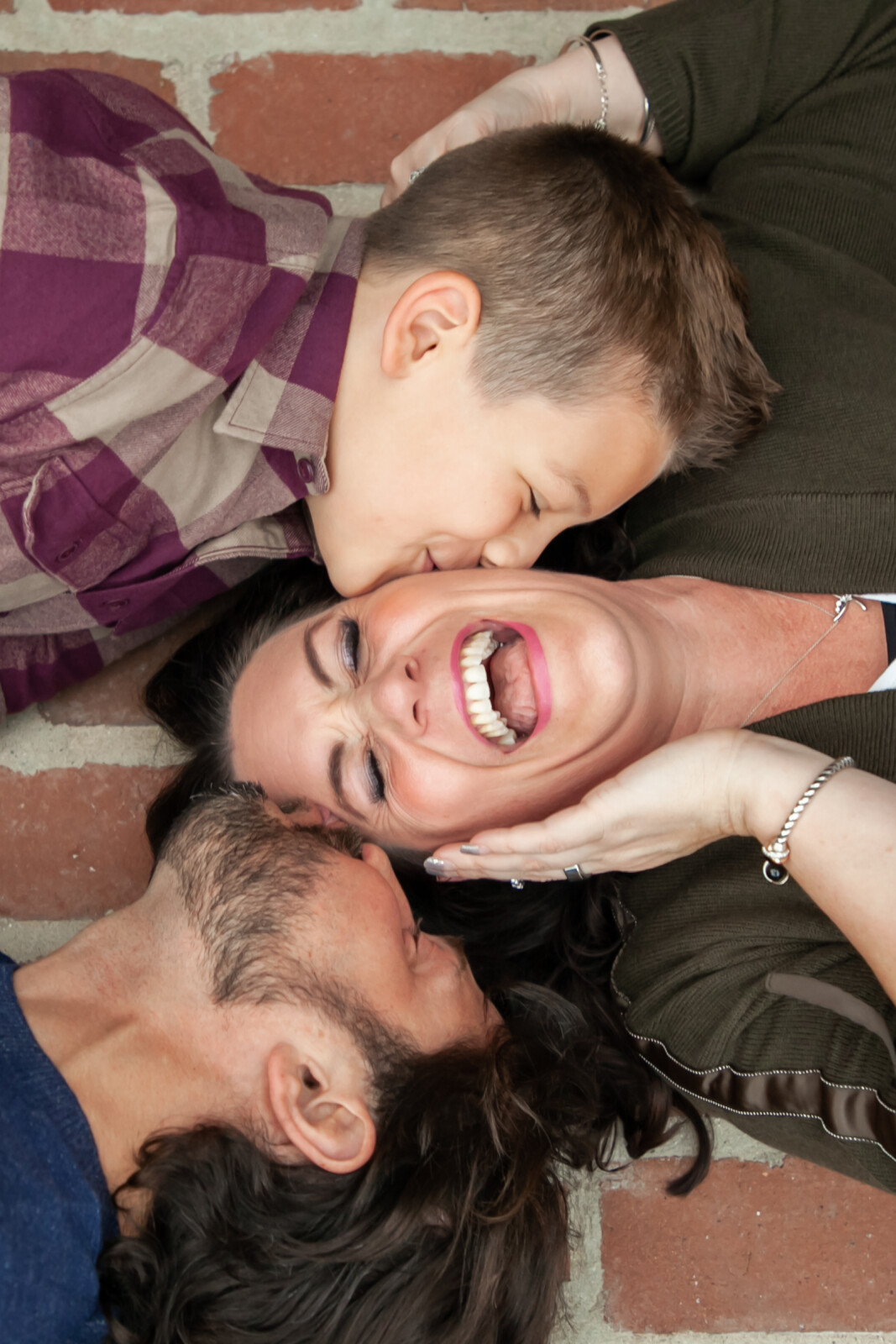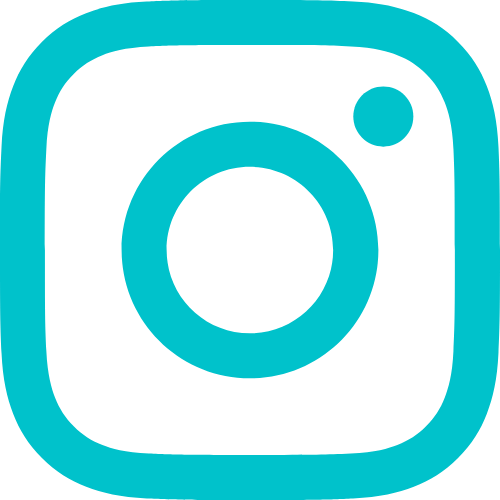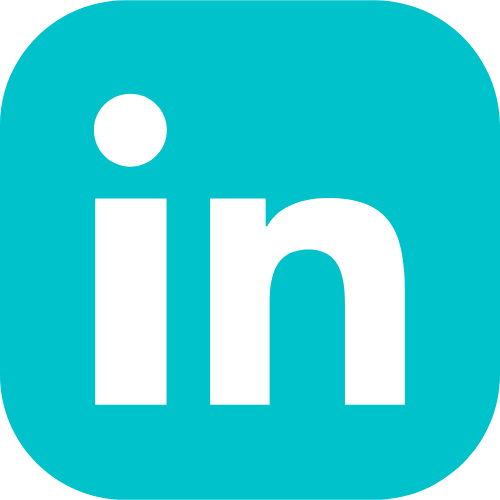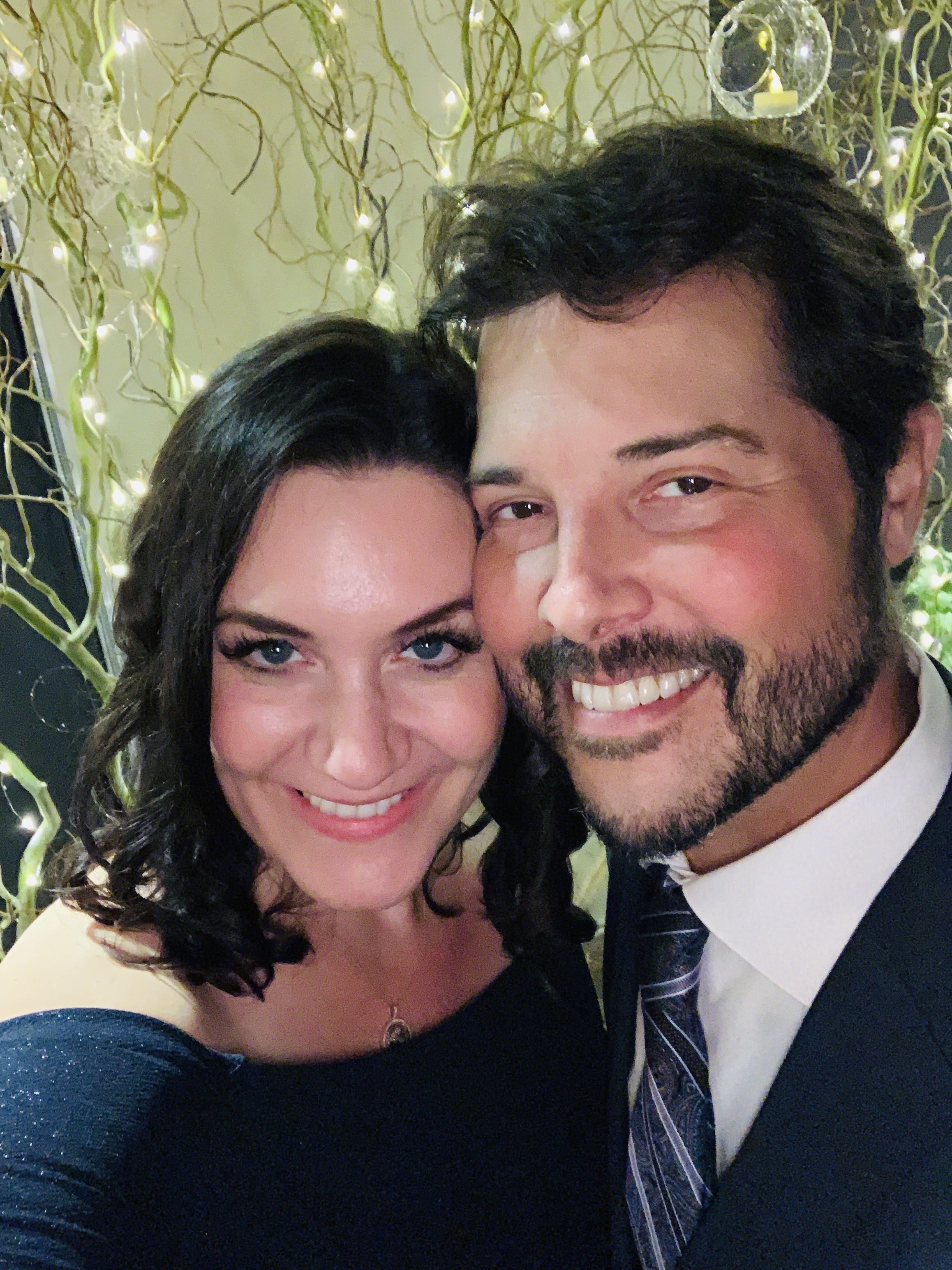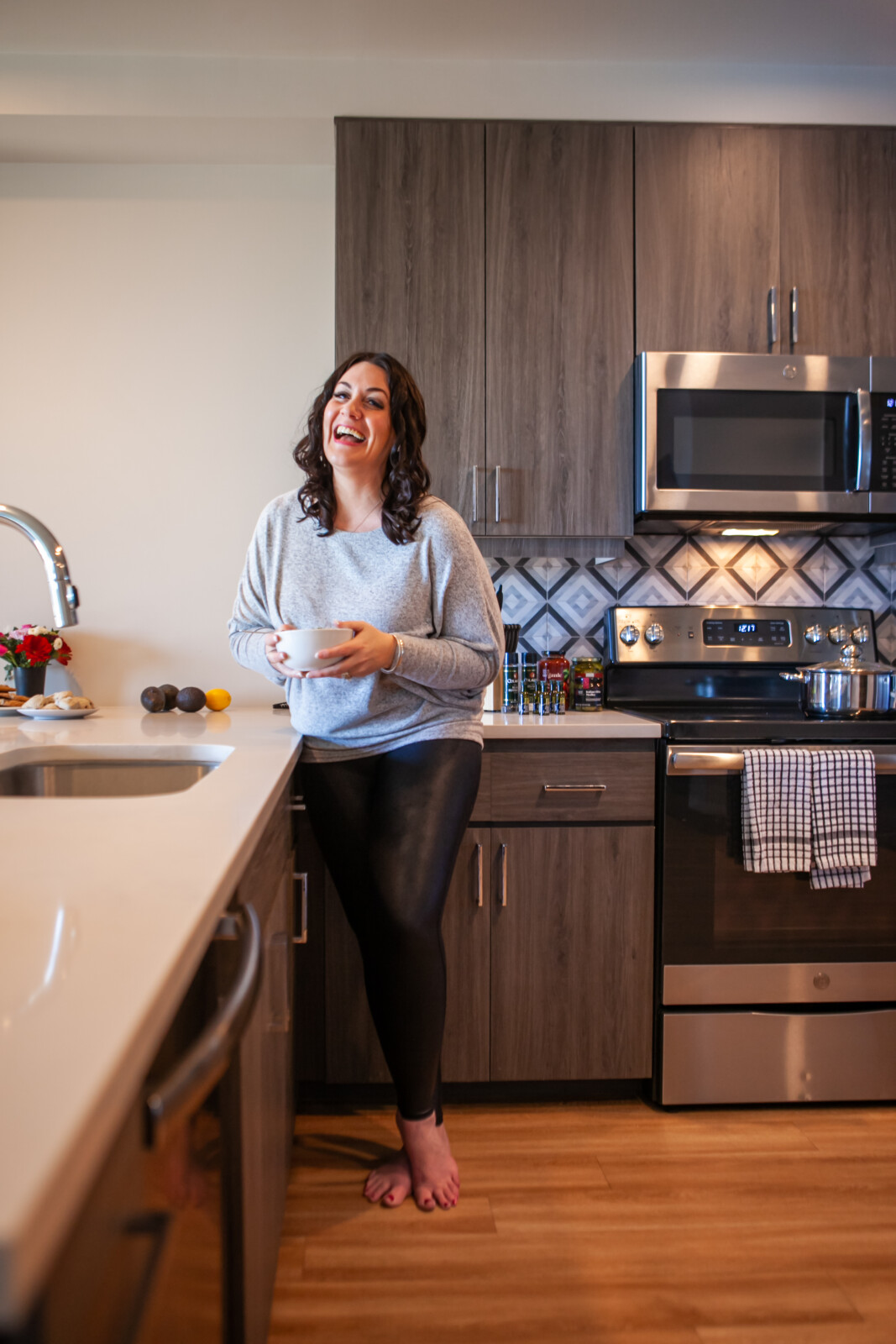
I did the thing!!
Earlier I shared about the start of my explant journey and my discovery of Breast Implant Illness (read Part 1 here). I went from having mysterious health issues to deciding to have my breast implants removed, a decision that was honestly not an easy one.
My choice to get breast implants 17 years ago was empowered, well-researched, and a satisfying change in my life. Choosing to undo this thing that once brought me joy was hard, but I knew it was the right move for me and my family. My health was starting to suffer in big ways, and I couldn’t ignore it.
Why did I explant?
I started out this year determined to take back my health. In fact, it’s my OolaOne this year, aka, my one big breakthrough goal with the power to change my life. After suffering for the past year and a half with Breast Implant Illness (BII) symptoms, I was finally ready to see this procedure through.
In April, just a few weeks ago, I did it. I had my explant surgery. It would be so easy to assume from social media that this was an easy decision, but it was far from it. Social media is a highlight reel, after all.
The price of explanting
My OolaOne has a HIGH price, as anything worth doing will. From the expense of the procedure to the pain of recovery, I have to choose daily to put my immediate wants on hold to achieve something I know my body needs.
There were plenty of reasons to put this off. The procedure itself is not cheap, and the recovery is painful and time-consuming. In fact, after my surgery was booked, Oola Global set the date to have a very important pre-enrollment launch the day before my procedure! However, I knew I had to go through with this and I couldn’t allow anything to get in the way.
Explant recovery
Resting and recovering are not easy for me. I’m used to being a busy, active working mom and wife; taking down time doesn’t come naturally. Everyone told me to rest. But in true Sharon fashion, as soon as I started to feel the slightest bit better, I overdid it. With all of the excitement building in my Oola family right now, it’s hard to make myself sit still.
After overdoing it, I did take a few days to mostly unplug. As much as I wanted to be back on my feet, I realized I wasn’t practicing what I preach. I help others achieve balance and self-care, but I wasn’t giving myself that same care.
I am choosing to do what is good for me now so I can feel good later!
Your OolaOne
What is your OolaOne for the year – that big breakthrough goal that can change the trajectory of your life? When are you going to achieve it? What steps will you take to get there?
Something is coming this summer that is going to rock your world. If don’t know your OolaOne or have a hard time setting goals, this is going to help you! I’m so excited to tell you what it is, but it’s not quite time yet… If you’re dying to know what I’m talking about, send me a message! I’ll make sure you’re one of the first to know.
If you thought Oola couldn’t get any better, just wait! Your biggest goals are in reach, I just know it.

17 years ago I made a decision to get breast implants. Today, I’m bringing you along on my journey of removing them, and my discovery of Breast Implant Illness.
Although hundreds of thousands of women are experiencing issues similar to mine and deciding to ex-plant, Breast Implant Illness (BII) is still being heavily researched. Most doctors and plastic surgeons currently deny it is a real issue.
The doctor I ultimately chose to move forward with, a professional with the University of Kentucky, was impressed with all the extra testing I had done. She requested to see all of my tests and asked if I would be willing to participate in a study the University is doing to find out more about BII.
While I’m not a doctor, I am someone with breast implants who knows their own body. I’m sharing my story not for sympathy, but to maybe empower someone else to dig into this problem.
Why breast implants?
To be clear, getting implants is a decision that I do not regret at all – it was the right choice for me. I had the funds to do it and researched the procedure like crazy. Once it was done, the insecurities I used to have about my body were replaced with a new-found confidence. I was, and still am, proud of myself for doing something that made me feel so beautiful and strong.
The turning point: Symptoms of BII
Admittedly, I was not completely aware of the long-term risks. I did my due diligence to research and understand what I was getting into for the most part, but in nearly two decades since I first got my implants, my knowledge and experience in the natural health world has grown immeasurably. For the past 17 years, I sailed through nearly zero issues, as far as I could tell. Until last year…
Last year my sleep started suffering. I thought it was due to stress.
Then the brain fog became unbearable at times. I figured that was due to sleep deprivation and aging.
My joints started aching all the time. I used to be a full-time massage therapist, which can definitely take a toll on the body, but I wasn’t even massaging anymore.
Then came the swelling, fluid retention, lasting bruising around my ankles, hair loss and serious fatigue. I knew something was very wrong. I shouldn’t be feeling the way I did.
The road to healing from Breast Implant Illness
It’s been a long, long road of discovery to take back my health. At the time I’m writing this, today is the day I have my first consultation for my explant surgery – my OolaOne this year (aka, my one really big goal for myself – If you want to learn more about finding life balance with Oola, learn more here.)
I’ve invited you into my story because I want you to see that healing is possible and attainable for you. We have to be our own health advocates and learn to listen to our bodies. As a Licensed Massage Therapist for 16 years and Nationally Approved Provider of Continuing Education and wellness educator, this has proven to be true in my life! Working with thousands of clients and telling them to pay attention to what their bodies are telling them now has me practicing what I preach.
I started the long journey of finding medical professionals and getting tests done, which has come with its own unique set of obstacles. Both my husband and I are completely self-employed, so everything goes through private pay. Thank the Lord for Oola Green Gap and savings! This also all started going down during Covid, which only added to the stress and complications.
Finding the right doctor for Breast Implant Illness
First, I visited my primary Doctor and told her something was wrong. She ran all the usual tests, which came back “normal,” but then offered to give me some anti-anxiety meds if I was overly stressed. No, thank you. This was not just anxiety – something was truly wrong in my body and I knew it.
Then I visited a holistic medicine physician with secondary training in Japanese acupuncture. This whole-body approach resonated with me so much more. Dr. Amy Coleman communicated her expert knowledge so beautifully about the gut biome and the role it plays in our wellness – If our gut isn’t happy, it can lead to a whole lot of other problems. We had more tests done, but they came back with no real conclusions for what was causing all of my symptoms.
It was my long time friend and long distance personal trainer, Nicole Cress, who suggested I do the Dutch Complete Hormone test. My local personal trainer and un-proclaimed Life Coach, Michele DeJesus, agreed things didn’t seem right and encouraged me to pursue more answers. Another fitness friend, Kim Schaper, also encouraged further testing. These ladies either know me very well or have had enough experience with others to prompt me to deeper research.
What happens next?
My explant surgery is officially scheduled for April of this year! I’ll continue to share my story and update you along the way, both on my website and on Instagram. Follow along!

With a global pandemic upon us, 2020 was a year when virtually everyone was focused on their health and fitness. Or were they?
While we were busy social distancing and stockpiling, many people overlooked other health conditions, spaced on their routine workouts, rationalized work-at-home snacking… and saw their stress levels skyrocket.
This year definitely came with plenty of distractions and opportunities for excuses. Maybe you abandoned your gym routine or other healthy habits somewhere along the way. It’s been a strange year, and it’s ok that you don’t feel like your best self right now – in fact, that’s completely normal and expected in stressful circumstances.
Ready to stop feeling stuck and start finding balance? I’m a certified life coach and would love to talk to you!
What a fitness routine can do for you
What better way to combat stress than to work through it physically? If you’ve heard of or experienced a “runner’s high,” you know what I’m talking about. Our bodies release happy hormones called endorphins when we engage in physical activity, and it’s just a good idea for your overall health to be physically active.
Having a routine for moving your body will make it easier for you to commit to taking care of yourself in this way. Without a clear plan or goal, you’re much more likely to skip working out, avoid creating time for it, and continue to feel stuck.
If 2020 was a “fitness fail” for you, it’s time to get back on the horse and find your rhythm again.
How to create your own routine
This may seem obvious, but the first step in creating your fitness routine is to pick an activity you actually like to do.
Working out can and should be enjoyable! It also can and should be challenging, but not in a way that makes you want to avoid it at all cost. Choose to practice activities that are fun, make you feel stronger, or give you that rush of mental clarity. Don’t force yourself into a workout routine that you hate; you likely won’t stick with it long if that’s the case.
Here are some popular activities to consider:
- Running
- Weight lifting
- Cycling
- Dance
- Yoga
- Skating
- Tennis
- Basketball
- Barre
- Kayaking
- Hiking
- Boxing
These are just a few ideas to help you get started. However you choose to move your body is up to you!
How to commit to your fitness routine
If you’ve had trouble in the past actually showing up to the activities you’d picked out for yourself, this part is for you.
When we’re first beginning to develop new habits, the hardest part is consistency. In order to solidify these good habits and make them more automatic, we have to do the hard work in the beginning of showing up over and over until it sticks. The more consistent you can be right off the bat, the more likely your new habits and routines will stick long term.
Here are some things to try when you’re creating a new routine:
- Write it down. Get a pen and paper and physically write out your fitness goals. Writing down your goals helps your brain retain and subconsciously work toward them.
- Schedule it in. Put your workouts or activities into your calendar. Remove the excuse that there’s not enough time by making time for it. And then actually go when you say you will.
- Pack your gym bag the night before. Put it in your car the night before, too, if you’re worried you’ll forget it. Cut out as many excuses as possible!
- Tell your significant other, your family, or a close friend about your goals. Ask if they’ll help keep you accountable to the plans you’ve set out for yourself. Telling another person about your goals gives you even more reason to follow through.
Here’s to a healthy new year!
Remember: You are more than your routines and your habits. A missed workout does not mean you’ve failed, and it sure isn’t a reason to quit completely!
Move your body in ways that feel good to you and challenge you, and you’ll be on your way to a successful fitness routine and a healthier life.

Setting goals sounds great at first. New Years Eve rolls around and it feels like a fresh start! Then suddenly it’s January 2nd and the gym shoes are nowhere to be found. Resolutions are already broken before they’ve even started.
Is this you?
When it comes to setting goals, you might find yourself in one of two common patterns:
- You’re motivated by a fresh start: New year, new month, new week, new you! But as soon as you slip on spending, or skip a day at the gym, all bets are off. Maybe next month.
- There are so many things you want to accomplish, but they feel too far away from where you are now. You aren’t even sure what the first step is, so you keep putting it off until you have time to figure it out.
Friend, I’ve got you! Whether you’re struggling to find motivation or just need help defining and clarifying your goals, this is for you.
Let’s talk about 4 steps to help you achieve your goals.
1. Challenging but attainable
When mapping out your goals, it’s important to keep this balance in mind. If the goal is too easy it won’t really stretch you or make much of a difference in the long run. If it’s too difficult, you might get discouraged and not follow through.
For example, maybe you want to read more in the coming year. If last year you averaged one book per month, a good goal for you might be to read two books per month next year. That would be a significant stretch, but not impossible. On the other hand, an unrealistic goal in this case might be to read one book per week. If you aren’t a big reader, this is not a goal you’ll enjoy or realistically be able to complete.
The point of setting goals in the first place is to take steps of growth that lead you to bigger accomplishments. Think about it like being on a boat in the middle of the water, and the shore is your ultimate ambition. In order to set foot on the shore, you have to first make moves to bring the boat closer to the dock.
2. Dream big
While we do want to keep our goals realistic and achievable, it’s also important to dream big for your life! Goals are the steps we take to get where we ultimately want to go. Make sure those steps you’re taking are leading you intentionally toward your biggest ambitions.
An awesome way to approach goal-setting is to reverse engineer the whole process. Start with the end in mind and work backward.
Block out 10 minutes of your day to sit down and really focus on this. Think critically about what you want your life to look like in 5, 10, or 20 years and practice actually picturing it. Where do you live? What does your day look like? Who is with you? What are you wearing? What are you eating?
Some of these questions might seem silly, but thinking about those details gives your powerful brain a kind of map to steer you toward (read up on growth mindset and neuroplasticity for more about this!) When you can clearly envision where you’re headed, the steps to get there will become clearer.
3. Write it out
Your brain is incredible, it’s true. But DO NOT rely on it to track every single thing you’re working toward. The act of writing your goals down, as in physically writing with pen and paper, helps connect your brain to the mission at hand. Studies have shown that written goals are much more likely to be accomplished than those that are just thoughts.
Writing out your goals by hand accomplishes a few things:
- The motion of your hand writing out words sticks with you more than typing.
- Writing helps you process and clarify your thoughts.
- You may choose to keep your written goals somewhere you’ll see them often, which only increases the likelihood that you’ll follow through.
Whether you choose to journal, make a list, create a vision board, or jot some words on a napkin, get those goals out of your head and onto paper.
4. Be SMART
You’ve likely heard of SMART goals at some point in your life, and for good reason. This is an acronym to help guide in the goal-setting process. When working through your goals, keep in mind the SMART goal pillars:
- S – Specific (Answers the Who, What, When, Where, Why details of your goal)
- M – Measurable (How much/ how many/ how will I know when it’s accomplished?)
- A – Achievable (Is this actually possible?)
- R – Relevant (Is this the right time? Does this seem worthwhile/important?)
- T – Time-bound (Has an end/ expiration date)
Example: Your family needs to get a second car so that everyone can get to work, school, and activities, and you want to pay for it in cash (Specific). You have money saved for the car, but need to find an extra $5k to pay for it in full (Measurable). That extra $5k will be a stretch, but you’re pretty sure you can make it happen if you tighten up the budget and get a little creative (Achievable). This is something that has needed to happen for a while since your oldest got their license and everyone has somewhere they need to be (Relevant). You need to have the car by the time the kids go back to school in the fall (Time-bound).
Sketching out your goals this way sets you up for success! When our goals are unclear or not detailed enough (i.e., “I want to read more” or “I want to workout”) they’re not really goals at all.
Go after your biggest goals!
As they say, anything worth doing is worth doing poorly at first. Success is never guaranteed, but approaching your goals and dreams with intention will set you up for better results and clearer progress.
Some goals are not going to fulfill you. Choose goals that you value and care about.
Henry Cloud
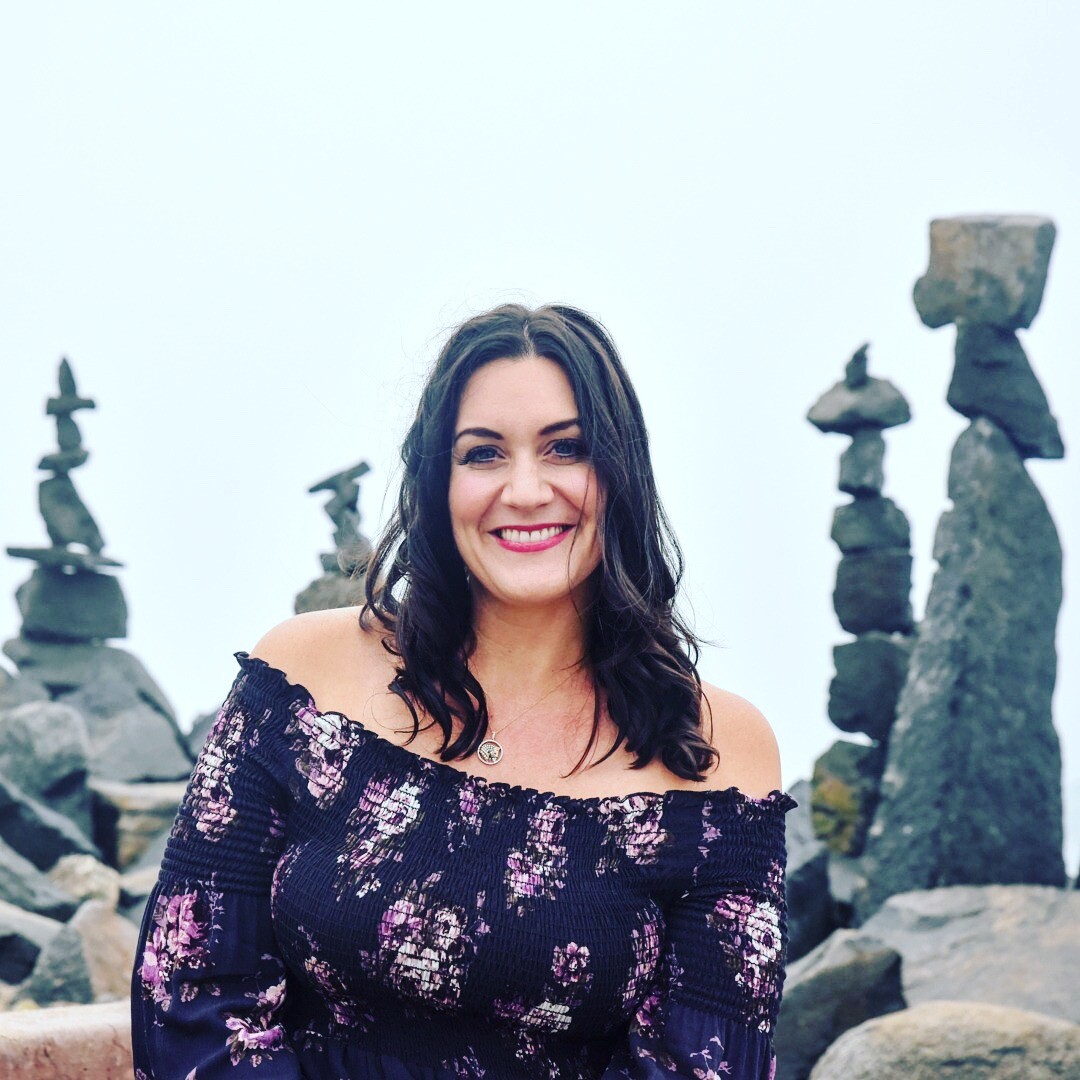
Sharon Davenport’s life mission of helping people began as she was growing up in her family’s Kentucky home. Her parents fostered a loving environment with pizza-and-soda Family Fun Nights, and affectionate rituals like back rubs and foot rubs while sharing about each other’s day.
“My mom was my first life coach and the most important person in my life,” Sharon, who has nearly two decades of experience in health, wellness and personal development, says as we sit down for our interview. “We were extremely close—really, we were best friends.
Read the complete interview at Thrive Global.

